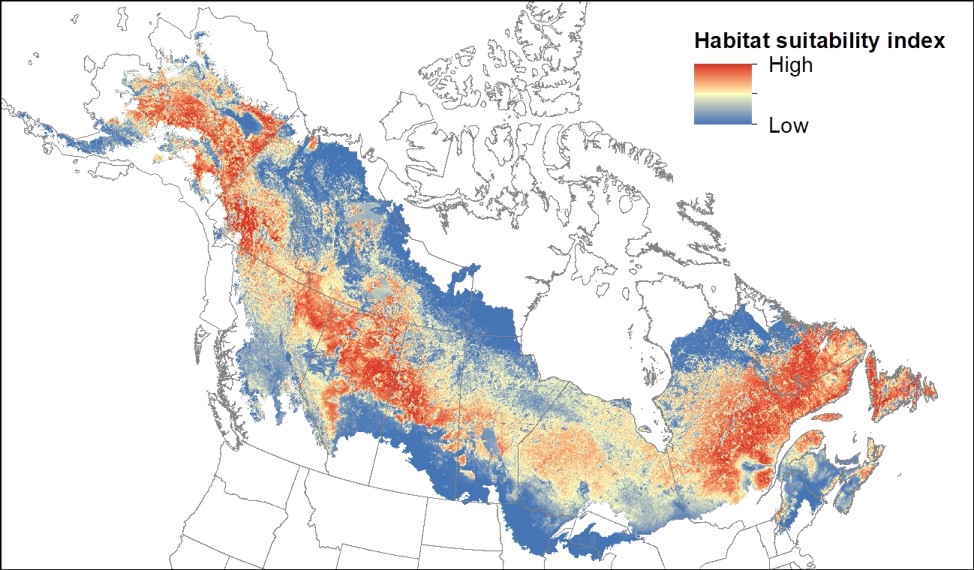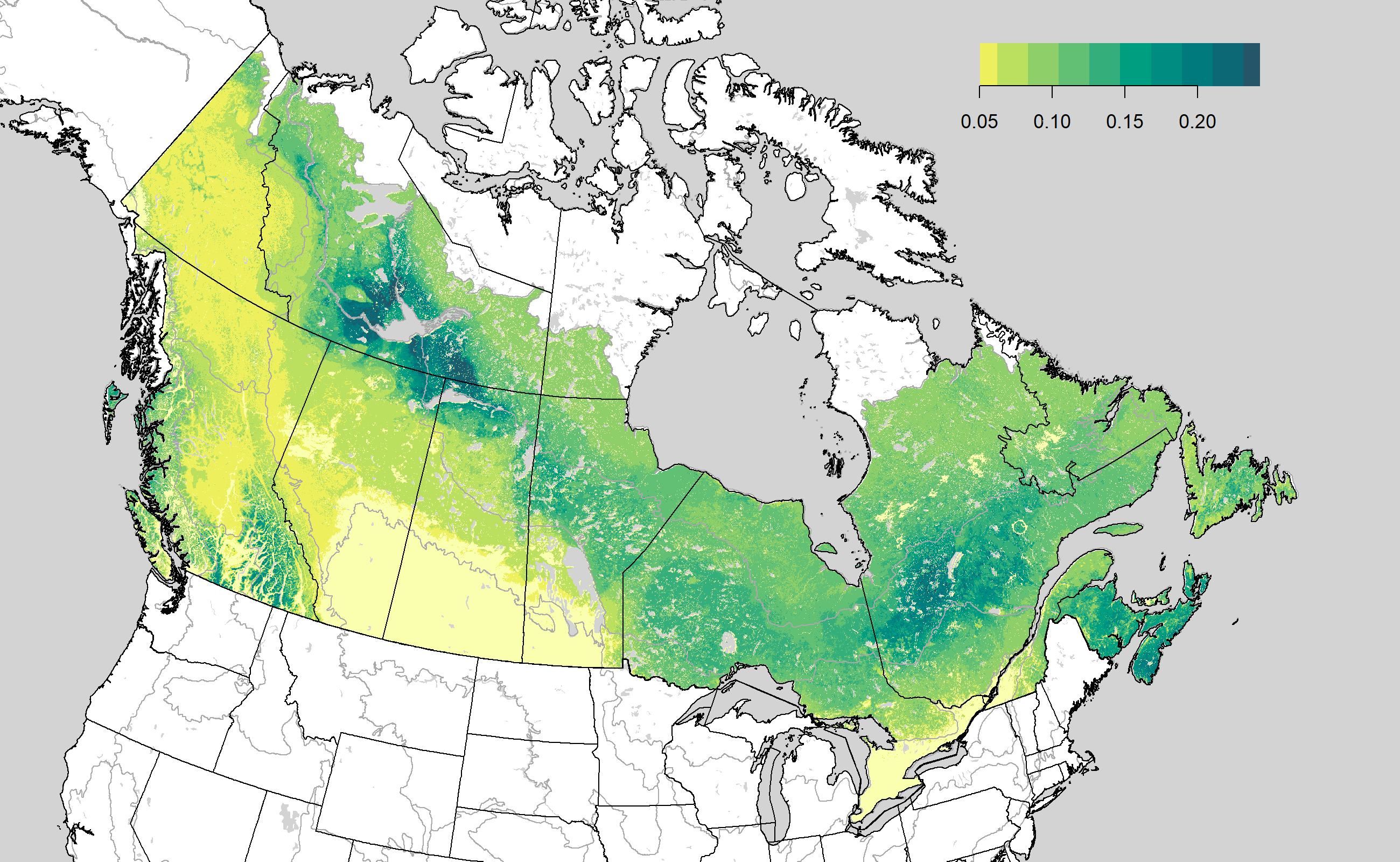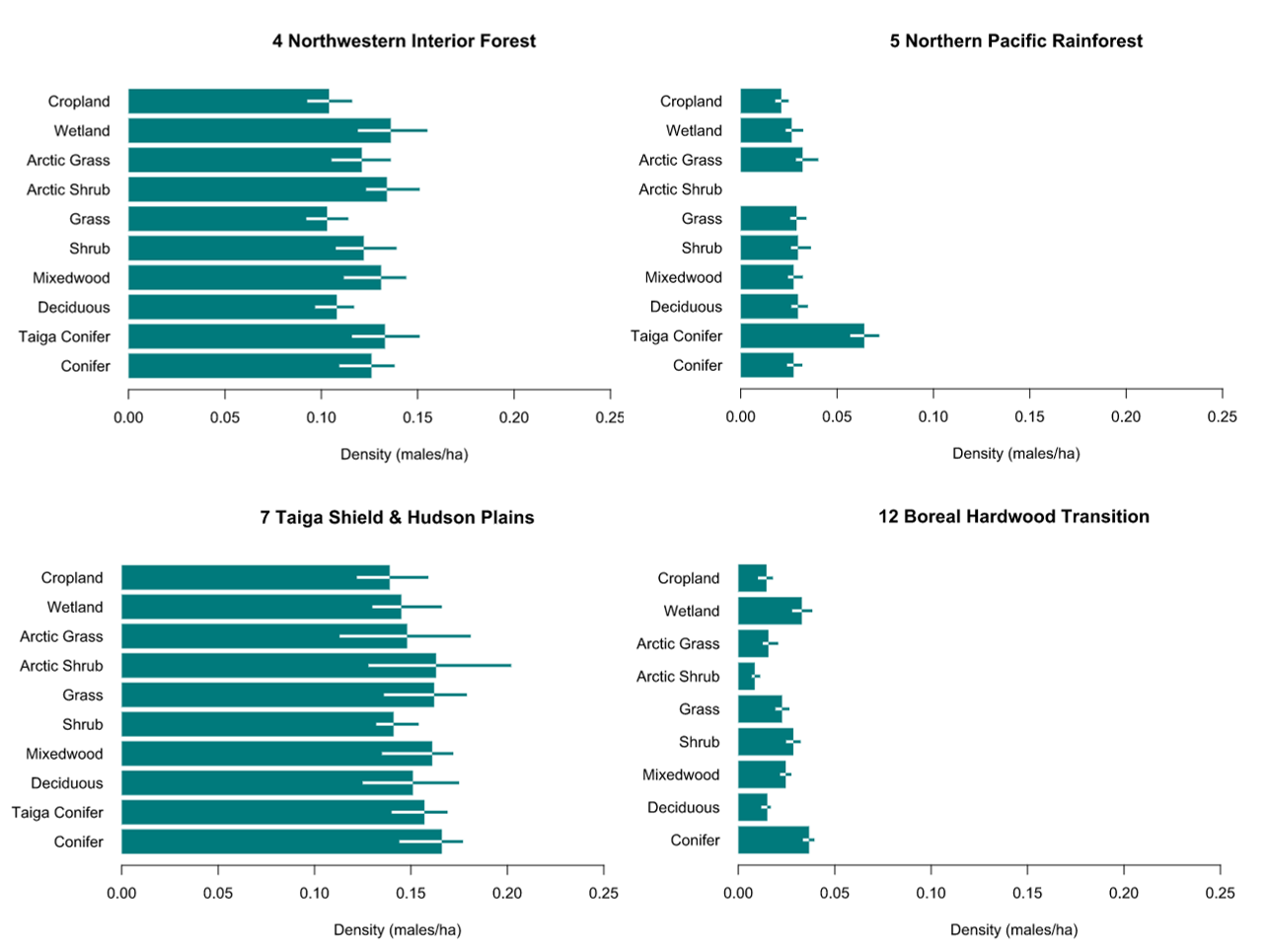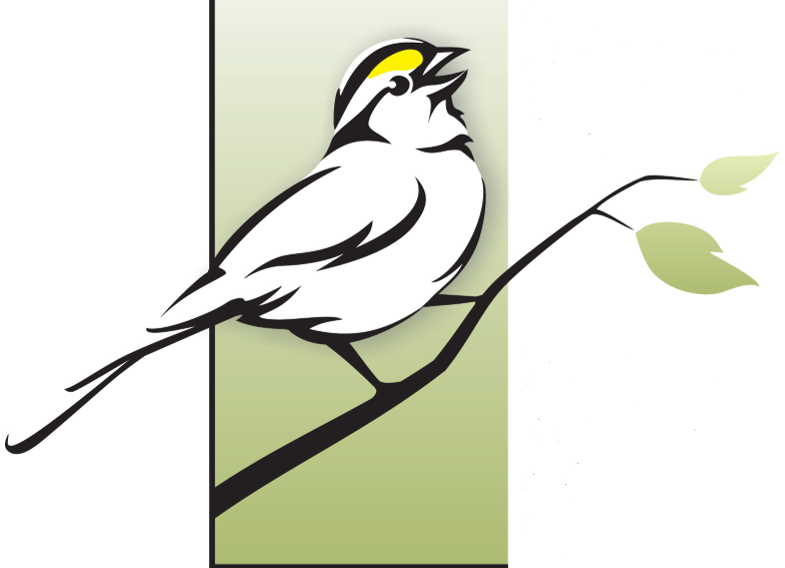Habitat Association
Type of resources
Topics
Keywords
Contact for the resource
Provided by
Formats
Representation types
Update frequencies
status
Scale
Regions
Categories
-

Zones prioritaires pour la conservation des oiseaux chanteurs boréaux au Canada : Résultats de 128 scénarios pour 63 espèces de passereaux basés sur le logiciel de planification de la conservation Zonation.
-

Maps representing near-national waterfowl density and abundance of 13 individual species and 4 species groups (goldeneyes, mergansers, scoters, and scaup). Predictive models were built using Boosted Regression Tree analysis, data from the Waterfowl Breeding Population and Habitat Survey, and several environmental datasets. Methods used to create 17 species-level models are described in Barker et al. 2014 (ACE 9(2): 7). Guild-Level Maps (cavity nesters, ground nesters, and overwater Nesters) were produced by summing species-level observations and then built models at the guild level. The prediction of total waterfowl abundance was produced by summing the predictions from guild-level models (cavity nesters, ground nesters, and overwater nesters). Species specific model uncertainty are also provided.
-

Maps depict model-predicted species distribution and provide information about relative habitat suitability based on current climate and landcover. The suitability ranking of any mapped grid cell is the sum of the probabilities of that grid cell and all other grid cells with equal or lower probability, multiplied by 100 to give a percentage. This value represents the % of grid cells with a lower suitability value within the boreal/hemiboreal study region. Higher value pixels represent higher habitat suitability for a given species.
-

Maps of density (males/ha) in relation to environmental covariates, using the Boreal Avian Modelling Project database of point-count surveys.
-

Tables representing species specific mean density(males/ha) by region and landcover classes. Models for each bird conservation regions (BCRs) intersecting Canadian jurisdictional boundaries were based on covariates such as tree species biomass (local and landscape scale), forest age, topography, land use, and climate. We used a post-hoc stratification (‘post-stratification’) approach to estimate land cover based density estimates (males per ha) for each species and regions (Canada and subunits). We classified the predictive maps according to the 2005 MODIS-based North American landcover map into major land cover types (Conifer, Taiga Conifer, Deciduous, Mixedwood, Shrub, Grass, Arctic Shrub, Arctic Grass, Wetland, Cropland) and calculated the mean of the pixel level predicted densities. Uncertainty was based on the 5th and 95th percentiles of the bootstrap distribution.
 BAM GeoPortal
BAM GeoPortal